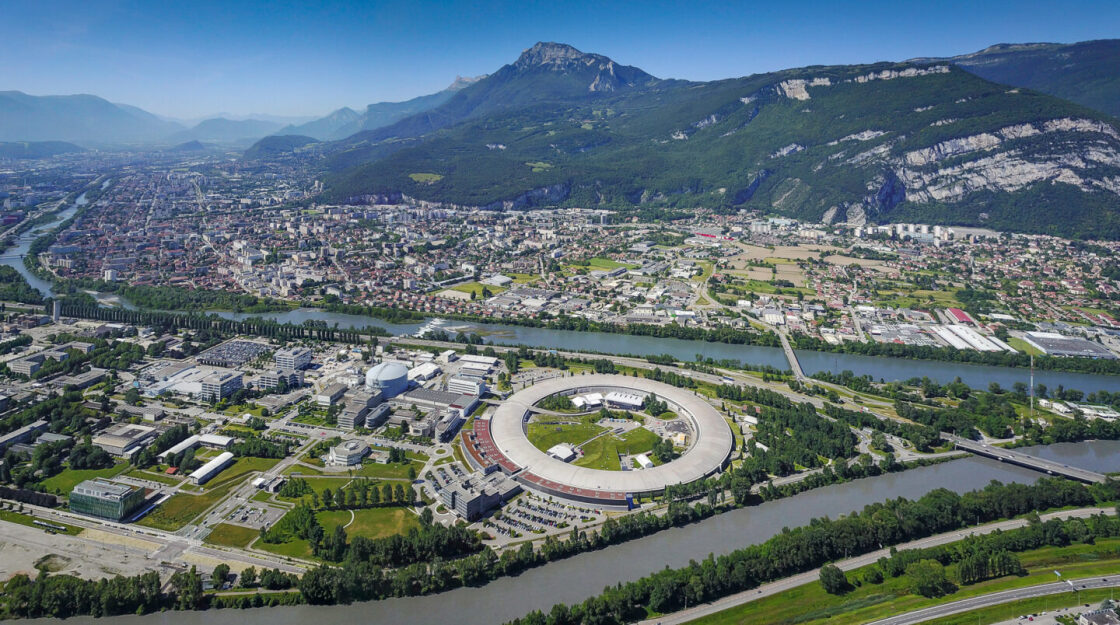Department Spin and Topology in Quantum Materials
ESRF
User Access
Typical deadlines: twice a year in March (01/03) and September (10/09) and for standard proposals for beamtime in the period 6 months later (March -July for sept deadline or August-February for March deadline).
Help on writing a good proposal and the proposal template
Contact person for users from quantum technology
Instruments of ESRF especially suited for quantum technology research
|
CDI, GISAXS, XRD, Ptychography, Microbeam |
XAS XMCD, XNCD, XMLD, XNLD, XMchiD, XDMR, XRR |
XRD, Powder diffraction, XRF |
IXS, GID |
XMCD, XMLD, XAS, XES, IXS |
|
ID01 is an X-ray diffraction and scattering beamline devoted to the study of a wide variety of materials, from nanostructures to bulk, with the ability to perform imaging of strain and structure using full field diffraction imaging, coherent X-ray diffraction methods and/or nanodiffraction. Typical samples range from microelectronic devices to novel metal-organic solar cells or battery electrodes |
Beamline ID12 is a unique instrument worldwide that offers users full control of the polarization state of the X-ray beam over a wide energy range (2-15 keV) and is devoted to research at the ultimate limits of X-ray spectroscopy |
Beamline ID27 is a premier X-ray powder and single crystal diffraction station (nanofocus) primarily dedicated to research at extreme pressures and temperatures |
ID28 is dedicated to the study of phonon dispersion in condensed matter at momentum transfers, Q, and energy transfers, E, characteristic of collective atom motions. Main activities comprise the study of disordered systems and samples only available in very small quantities (<<1 mm3) and/or submitted to very high pressures (100 GPa and beyond) |
XMCD branch with plane grating monochromator and variable spot size at the sample. RIXS branch with very high resolving power (aim combined RP=30000) and 10 m spectrometer with constant variable scattering angle over 100 degrees. Open experimental area with the possibility of installing user chambers or using beamline instruments for example for soft x-ray diffraction or coherence experiments |
|
•Energy range: 6.0 - 35.0 keV
•Nano-translation stages
•Furnace (T < 1000°C)
•He miniflow cryostat (T > 2.5K)
|
•Energy range: 2-15 keV
•Temperatures down to 2.2 K
•Electromagnet with maximum field of 0.6 Tesla and 1 Hz flipping frequency
•Superconducting split-coil magnet with 6 Tesla field
•High field superconducting solenoid of 17 Tesla
•Possibility to apply high electric field (up to 1 MV/cm)
|
•Energy range: 15.0 - 60.0 keV
•Double sided laser heating diamond anvil cell (YAG and CO2; T up to 5000 K)
•Resistively heated diamond anvil cell (T up 1000 K)
•High pressure He flow cryostat (T down to 5 K)
•Paris-Edinburgh cell
•Nano-positioning stage
|
•Energy range: 13.48 - 25.8 keV
•Low temperature (2 K)
•High temperature (1500 K)
•High pressure (up 1 Mbar and beyond)
•UHV chamber (for liquid surface studies)
•EXPERIMENTAL OBSERVABLES: phonon dispersion, sound velocities, elastic constants, phonon density of states (and derived thermodynamic properties such as specific heat, entropy, Debye temperature and velocity, etc.)
|
•Energy range: 0.3 - 1.6 keV
XMCD endstation: •Temperature range: 6 - 300 K
•9T high magnetic field along the beam direction - split coil
•4T high magnetic field perpendicular to the beam direction
•TEY - drain current measurement
•TFY - photodiode
RIXS endstation: •Temperature range: 20-300K
•TEY - drain current measurement
•TFY - photodiode
•CCD camera
|

